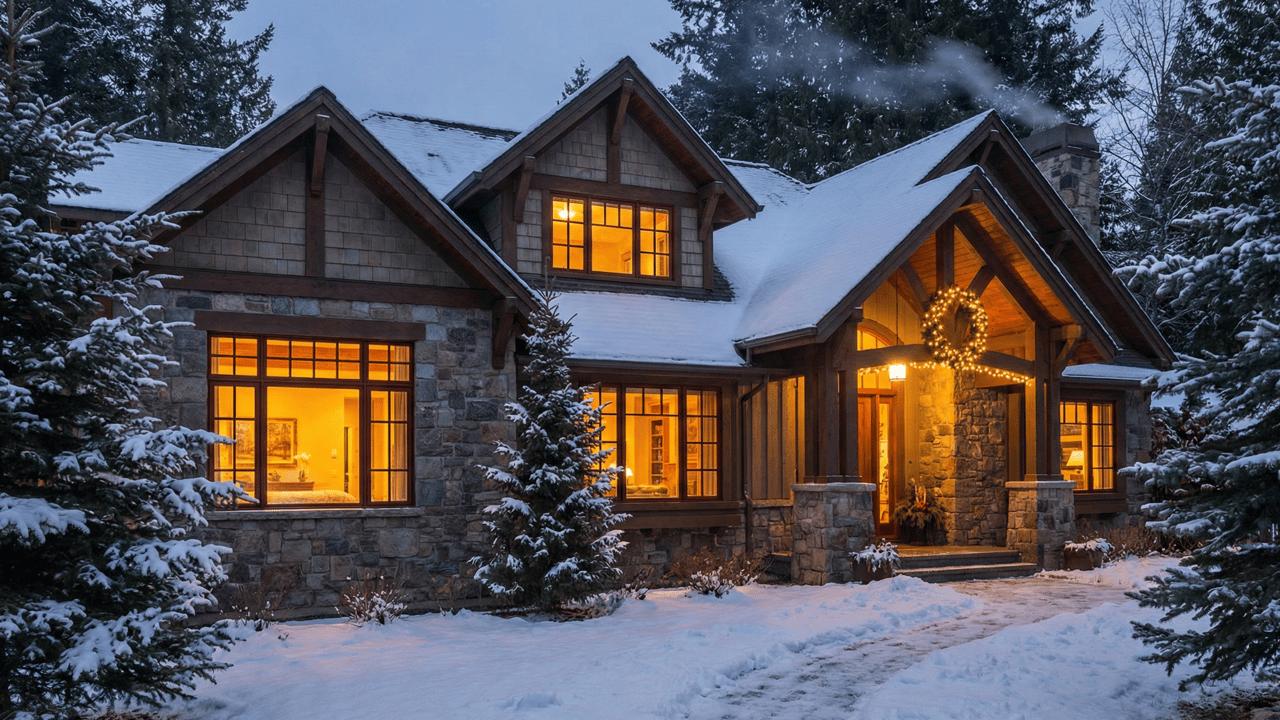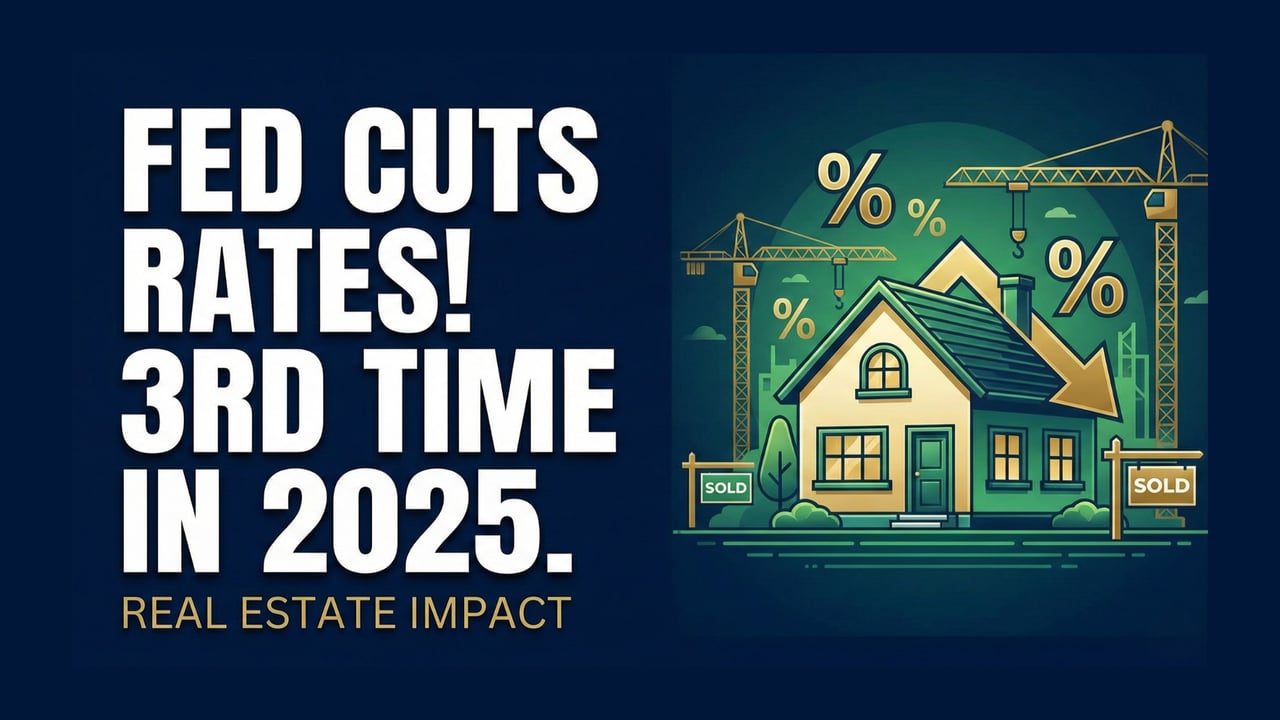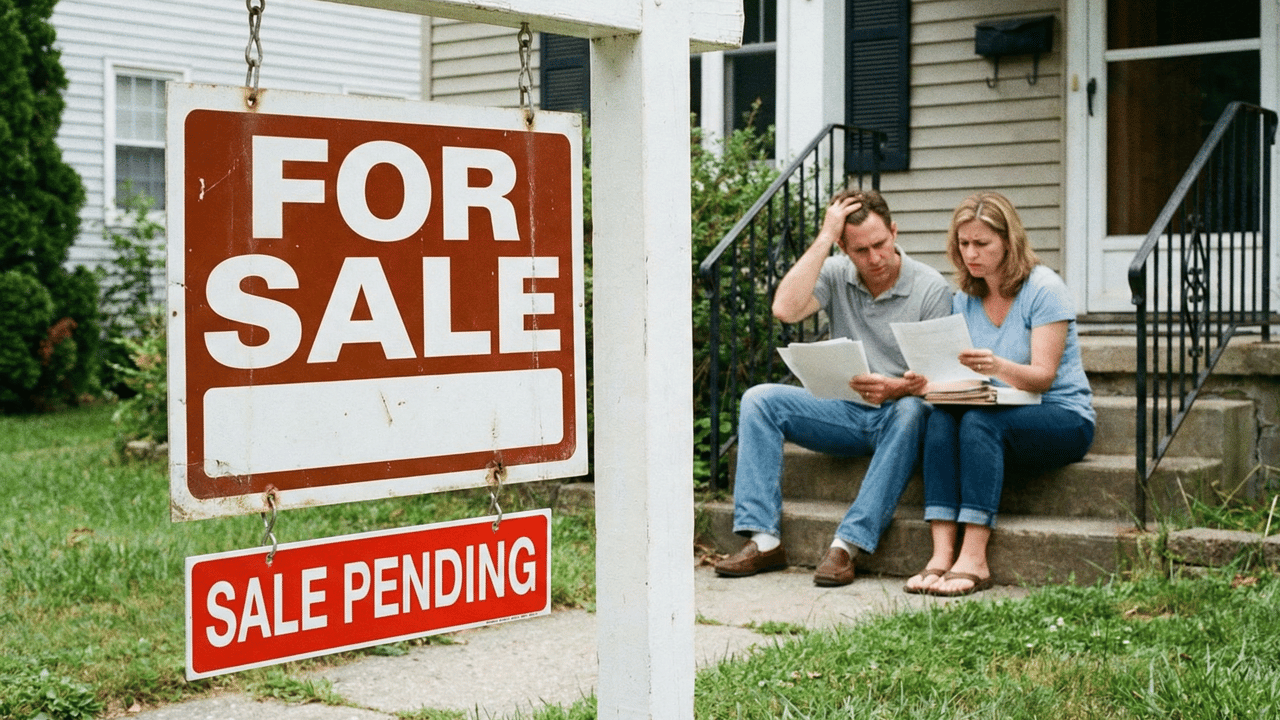The Rise of Climate-Safe Neighborhoods
Lisa Mailhot | February 14, 2025
Buyers

Lisa Mailhot | February 14, 2025
Buyers

Extreme weather events and rising insurance premiums are no longer future concerns—they’re impacting home values today. A recent study by First Street projects that certain "climate abandonment" zones will see steep home value declines, while others, known as "climate-resilient" zones, are set to thrive. This shift could affect where homeowners choose to buy or sell in the coming decades.
As a realtor in Orange County, staying ahead of these trends is essential. Here’s what you need to know about climate risk and real estate opportunities.
First Street's report identifies areas with high climate risk where home values are expected to decline by an average of 6.2% through 2055. These regions face escalating insurance premiums and shrinking populations.
One of the hardest-hit areas is Fresno County, California, where home values are projected to drop 10.4% over the next 30 years, accompanied by a staggering 46% population decline. Other counties at risk include:
Ocean County, NJ (-33% population change)
Monmouth County, NJ (-32%)
Sacramento County, CA (-28%)
Jefferson County, AL (-26%)
“These are areas that are significantly impacted by climate risk and have a statistical relationship between that climate risk and negative population change,” explains Jeremy Porter, First Street's head of climate implications research.
In total, about 26% of U.S. neighborhoods could experience these challenges, with a projected population decline of 38% across those regions.
On a brighter note, "climate-resilient" zones are expected to see home values rise due to population growth and stable insurance premiums. Only about 5% of neighborhoods fall into this category, but these areas are projected to experience an average 10.8% increase in home prices by 2055.
Leading the pack is Dane County, WI, home to Madison, with a projected 13.5% home value appreciation. Other climate-resilient hotspots include:
Denver County, CO
Arapahoe County, CO
Douglas County, NE
Johnson County, KS
“For climate-resilient areas, [we expect] really positive impacts from growing population, relatively minor impact from increasing insurance,” says Porter.
These areas are becoming magnets for buyers looking to invest in long-term value, driven by low environmental risks and thriving local economies.
Interestingly, some areas with high climate risk continue to attract new residents despite the rising insurance costs. These "risky-growth" zones cover about 33% of the country and are projected to see a 76% population increase by 2055.
In these regions, the amenities, economic opportunities, and social factors outweigh climate concerns. However, while home values may grow in some cases, they are not expected to fully offset the drag caused by rising insurance premiums. In fact, home values in these areas may decline by 1.7% on average.
The top five risky-growth areas, based on projected population increases, are all in Texas:
Fort Bend County
Denton County
Williamson County
Travis County
Montgomery County
“Ultimately, these are the areas we know have a lot of climate risk, but the economic, social, and political character of the communities are still pulling people in,” explains Porter.
The report estimates that U.S. home values could collectively lose $1.47 trillion over the next 30 years due to climate risks, representing about 3% of the current total value of all residential properties.
However, Porter emphasizes that these trends vary significantly at the local level: “There are going to be communities where it's a much larger impact on their property values, and there’s going to be places that are going to see significant increases.”
First Street’s risk assessments are available on property listings through Realtor.com®, providing valuable insights for buyers and sellers alike.
If you're considering buying or selling property, climate resilience is becoming a key factor to evaluate. Investing in areas with low climate risk and strong growth potential can protect your home’s long-term value. Conversely, buyers in higher-risk areas should be prepared for increased insurance premiums and potential challenges to property appreciation.
For those in Orange County, understanding how climate trends affect different neighborhoods can help you make smarter real estate decisions. Whether you’re buying your first home or planning your next investment, Whitestone Real Estate can guide you through this changing landscape.
As climate risks reshape the real estate market, location matters more than ever. Knowing where to buy—and where to be cautious—can safeguard your investment and help you thrive in a changing world. If you’re looking for expert advice on real estate opportunities in Orange County, I am here to help. Let’s navigate the future of homeownership together!
Reference: Griffith, K. (2025, February 10). Home values to plunge in ‘climate abandonment’ zones—Here’s where to buy instead. Realtor.com.

How your home equity can transform your next move. Learn proven strategies to leverage equity for bigger down payments, all-cash offers, and smarter investments.

Why selling your home this winter offers less competition and more serious buyers. Get expert insights from Whitestone Real Estate on winter selling advantages.

The Fed cut rates for the 3rd time in 2025, but only 1 cut expected in 2026. Learn what this means for homebuyers and mortgage rates nationwide.

Transform your home this holiday season with gift ideas that boost style and value. From outdoor upgrades to kitchen must-haves that buyers love.

Builder incentives hit record highs in Orange County. Now is the best time to buy a brand new home with massive savings and unprecedented inventory selection.

Home purchase cancellations reached 15.1% in October 2025, up from last year. Discover why buyers are backing out and what Orange County sellers need to know now.

Life changes make staying put difficult. Discover why more Orange County homeowners are choosing to move despite losing their 3% mortgage rates in 2025.

Get expert answers to the 3 most common housing market questions this holiday season. Learn about Orange County inventory, affordability, and pricing trends.

Learn proven strategies to find the best deal on a home in Orange County's competitive market. Insider tactics that save buyers thousands today.
Let's find a time that suits you best to chat about your goals, show you how we work, and figure out how we can help you the most